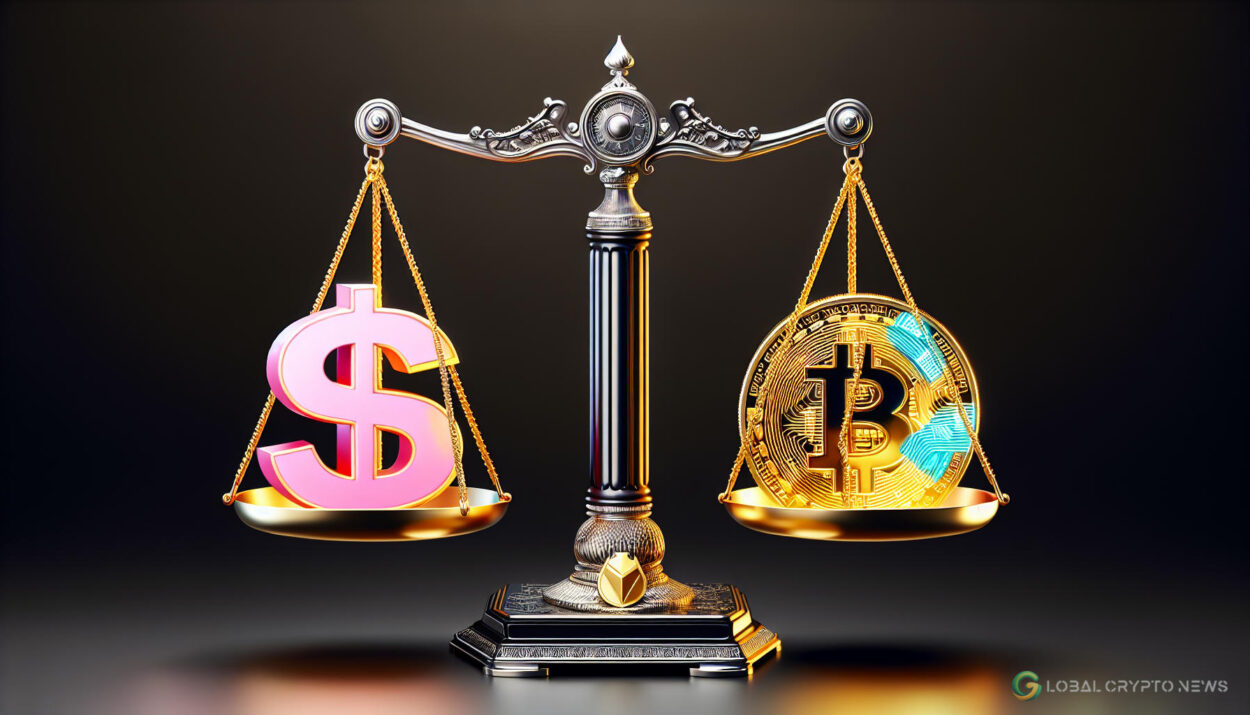The Payment Stablecoin Act proposed by bipartisan lawmakers Cynthia Lummis and Kirsten Gillibrand aims to bring regulatory clarity to the digital asset space in the U.S. While some aspects of the act are seen as beneficial for American consumers, critics argue that certain provisions may be unconstitutional.
Ban on Algorithmic Stablecoins
One of the key proposals in the Payment Stablecoin Act is the ban on algorithmic stablecoins in the U.S. This move is in response to the issues faced by Terraform Labs’ UST, which lost its peg to the dollar in 2022. While this ban aims to protect consumers, advocacy groups like Coin Center have raised concerns about its constitutionality.
Unclear Status of Digital Assets
The act also leaves the status of certain digital assets, such as MakerDAO’s DAI, unclear. This ambiguity could create challenges for stablecoin issuers like Circle, which may need to adapt to new regulations or risk operating as a regulated depository institution.
Potential Impact on Tether and USDC
The proposed regulations could also impact stablecoins like Tether and USDC, which are dominant players in the industry. With Tether based offshore and USDC issued by Circle, it remains uncertain how these rules would apply to them.
Benefits for American Consumers
Despite the controversies, the Payment Stablecoin Act could bring several benefits for American consumers. The introduction of safeguards to ensure stablecoins are backed by dollars held in reserve and the inclusion of FDIC deposit insurance in case of issuer insolvency could protect consumers and promote the mass adoption of stablecoin payments.
The Future of Stablecoins
If passed into law, the act could help maintain the dominance of the dollar in global financial systems and encourage banks to issue their own stablecoins. However, the fate of the Payments Stablecoin Act remains uncertain as legislative activity slows down.
In conclusion, the Payment Stablecoin Act proposed by Lummis and Gillibrand has the potential to shape the future of stablecoins in the U.S. It aims to offer regulatory clarity, protect consumers, and ensure the stability of the dollar in the digital asset space. As the debate continues, it will be interesting to see how the act evolves and its impact on the cryptocurrency industry.
























